US Defense Secretary Pete Hegseth Suggests Ukraine Must Cede Territory, Raising Alarm Among Allies
Donald Trump has announced that he and Russian President Vladimir Putin have agreed to initiate negotiations for a ceasefire in Ukraine. This development comes as US Defense Secretary Pete Hegseth declared that Ukraine would need to relinquish some of its territory and abandon NATO aspirations to reach a settlement—a stance that has alarmed Kyiv and European allies.
Is the US Empire About to Collapse?
A Swift Move Toward Negotiations
The Trump administration’s rapid push for negotiations and its apparent willingness to make concessions to Russia have raised concerns that Washington may be prioritizing a swift resolution over Ukraine’s sovereignty. Trump revealed in a social media post that he had a “lengthy and highly productive” conversation with Putin, during which they agreed to begin peace talks immediately. Additionally, both leaders extended invitations for state visits—marking what could be the first visit by a US president to Russia since 2009 and Putin’s first visit to the US since 2015.
Putin reaffirmed his longstanding position that a lasting peace could be achieved through diplomatic talks and emphasized the need to address the root causes of the conflict.
Ukraine’s Response and European Concerns
Despite the unsettling implications of these discussions, Ukrainian President Volodymyr Zelenskyy publicly expressed cautious support for the peace talks. He described his recent conversation with Trump as “meaningful” and reiterated that “no one wants peace more than Ukraine.” Trump later confirmed that Vice President JD Vance and Secretary of State Marco Rubio would meet with Zelenskyy during the upcoming Munich Security Conference.
Hegseth, speaking in Brussels, outlined the US position, arguing that Ukraine must accept that restoring its pre-2014 borders is “unrealistic.” He cautioned that continuing to pursue such a goal would only prolong the war and worsen suffering—remarks that could be interpreted as tacitly acknowledging Russia’s annexation of Crimea and parts of the Donbas region.
Hegseth further clarified that Ukraine’s security would rely on “robust security guarantees,” but he ruled out NATO membership. Instead, security would be upheld by European and non-European forces, though he explicitly stated that US troops would not be involved. Any European forces operating in Ukraine would do so outside the NATO framework, leaving them without Article 5 protections.
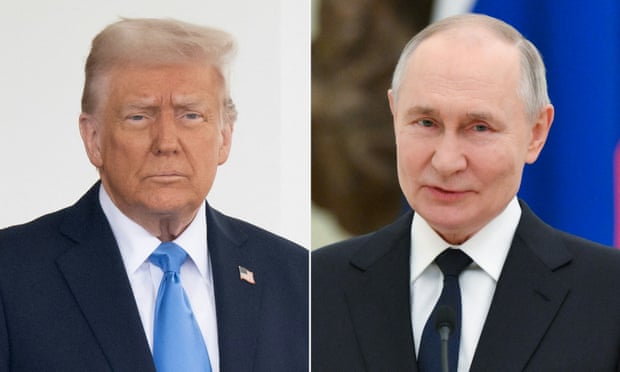
Donald Trump and Vladimir Putin. Photograph: Saul Loebkristina Kormilitsyna/AFP/Getty Images
The Challenges of a Negotiated Peace
While these diplomatic efforts suggest an attempt to end the conflict, many experts doubt any significant progress will be made. With Russia making battlefield gains, Moscow is likely to push for further territorial concessions and a demilitarized Ukraine—demands similar to those it made before launching its full-scale invasion in 2021. At that time, Russia insisted on Ukraine’s neutrality and sought limitations on NATO deployments in Eastern Europe.
Putin has also continued to demand that Western sanctions on Russia be lifted, while Kyiv has consistently rejected these conditions. Previously, under the Biden administration, Washington maintained that Ukraine alone should determine the timing and terms of any peace talks.
European Allies Express Frustration
Zelenskyy recently emphasized that true security guarantees for Ukraine are unattainable without direct US involvement. European diplomats have also voiced concerns that Trump and Putin are making decisions about the region’s security without consulting European stakeholders.
A senior European official described the US negotiating stance as a “premature surrender,” warning that offering concessions before talks even begin could embolden Russia to demand more. Another European diplomat criticized the lack of consultation between Washington and its allies, arguing that Europe, which may bear responsibility for Ukraine’s security under a potential ceasefire, should have a seat at the negotiating table.
European leaders reaffirmed their support for Ukraine in a Paris meeting, where German Foreign Minister Annalena Baerbock insisted that Kyiv’s interests must be safeguarded in negotiations. French Foreign Minister Jean Noël-Barrot echoed this sentiment, stating that “there will be no just and lasting peace in Ukraine without the participation of Europeans.”
A High-Stakes Diplomatic Gamble
Trump’s announcement of peace talks coincided with a prisoner exchange involving American teacher Marc Fogel and Russian cybercriminal Alexander Vinnik. The deal was brokered by Trump’s Middle East envoy, Steven Witkoff, who has now taken a lead role in US-Russia negotiations.
The US negotiating team will be led by Secretary of State Marco Rubio, CIA Director John Ratcliffe, National Security Adviser Michael Waltz, and Ambassador Witkoff. Notably absent is Gen. Keith Kellogg, Trump’s designated envoy for Ukraine and Russia, who had been engaging with European leaders on potential peace talks. Some observers question whether Kellogg is fully aligned with Trump’s strategy, as he has not provided concrete details on the administration’s diplomatic approach.
As negotiations unfold, the extent to which Trump’s approach aligns with US allies and Ukraine’s interests remains uncertain. What is clear, however, is that the outcome of these talks could significantly reshape the geopolitical landscape of Eastern Europe and beyond.

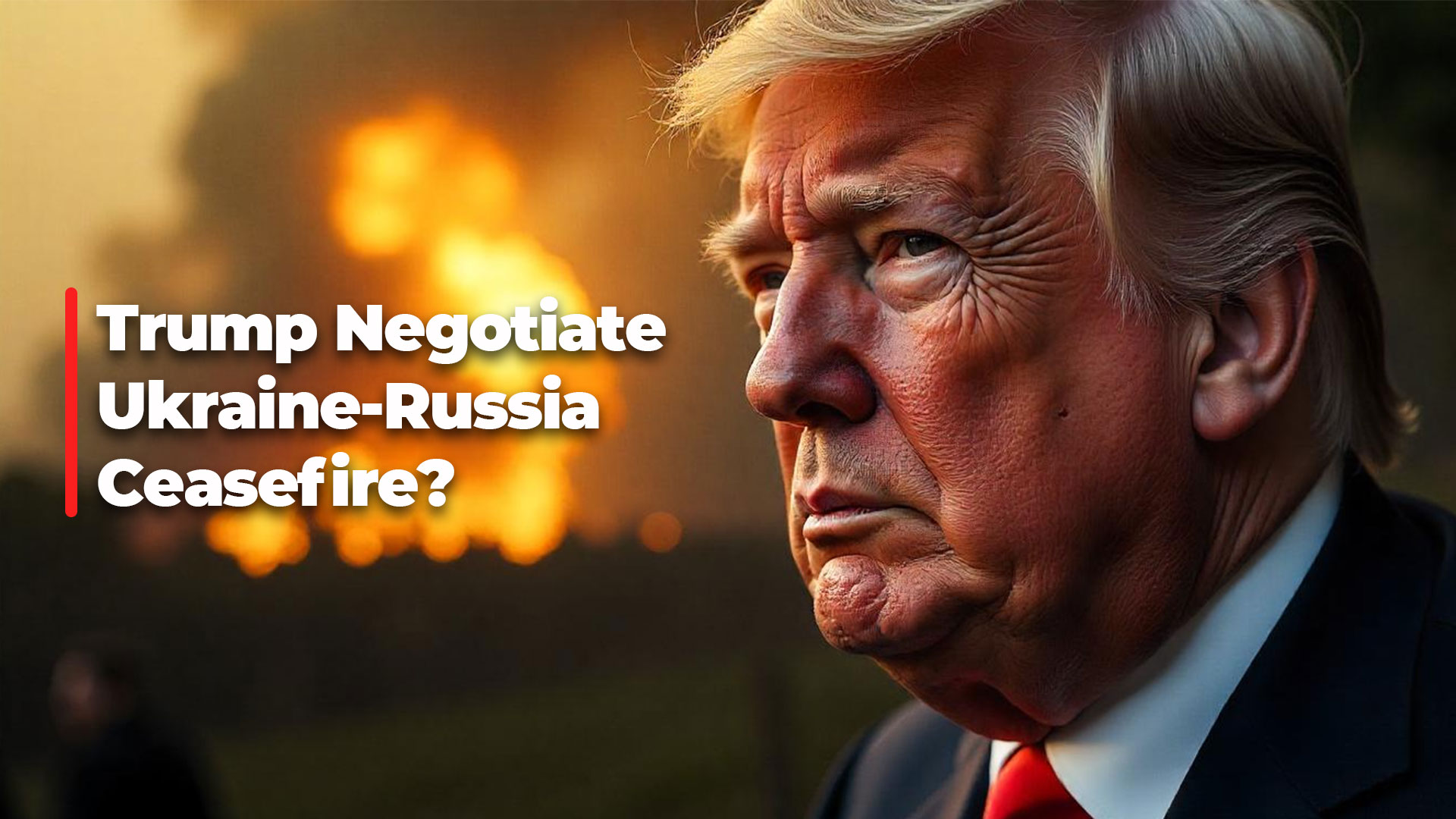
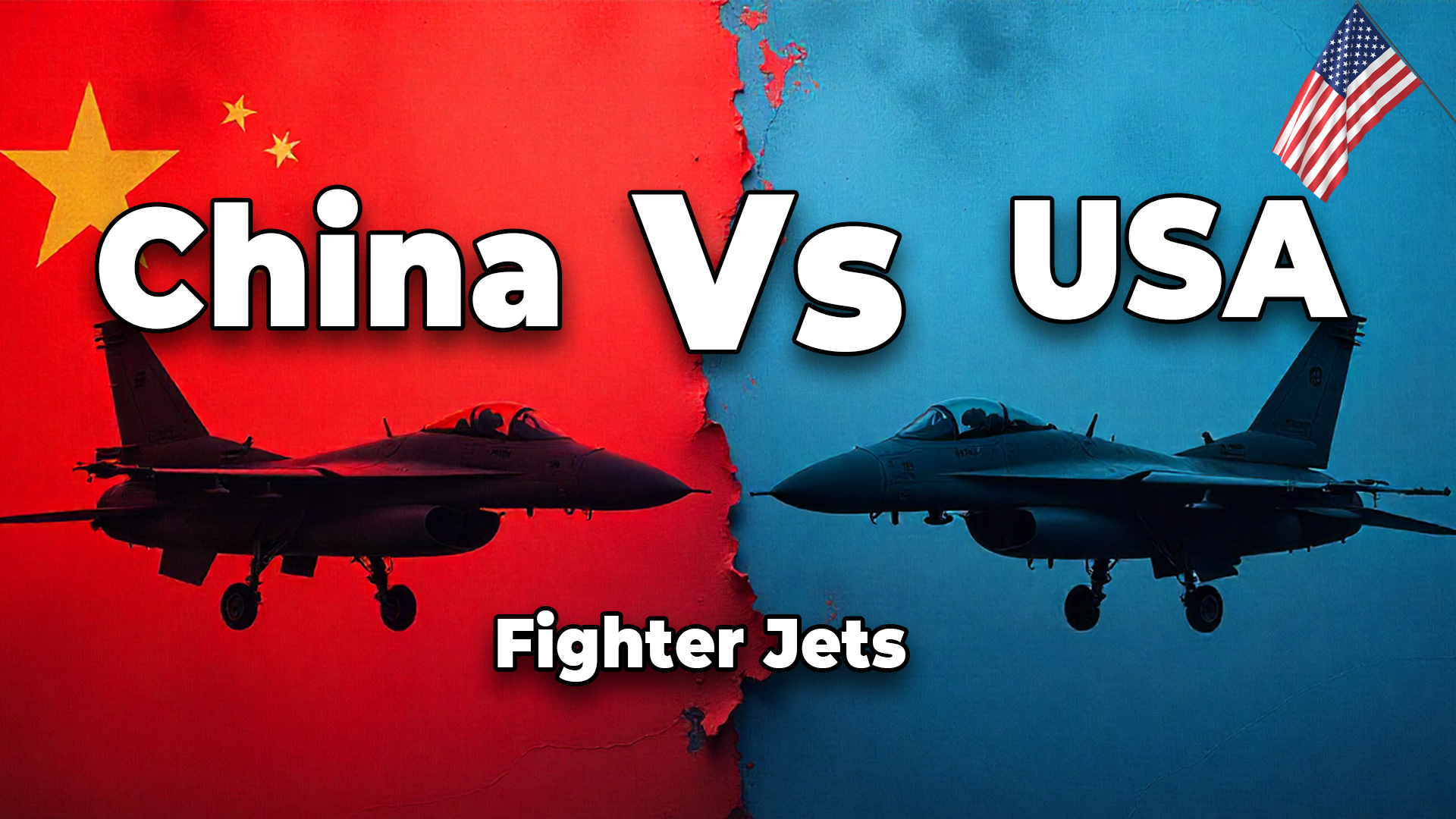

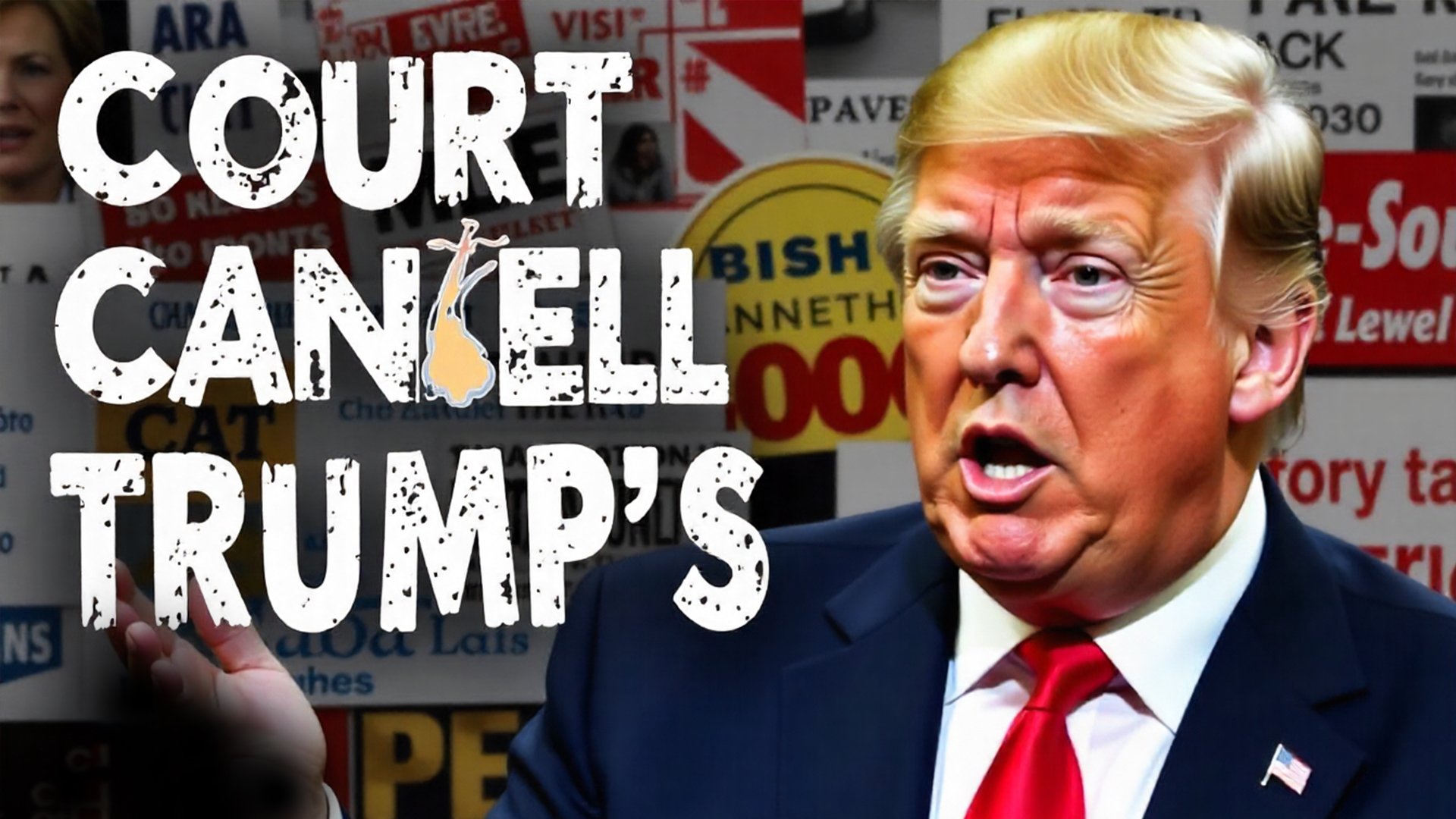
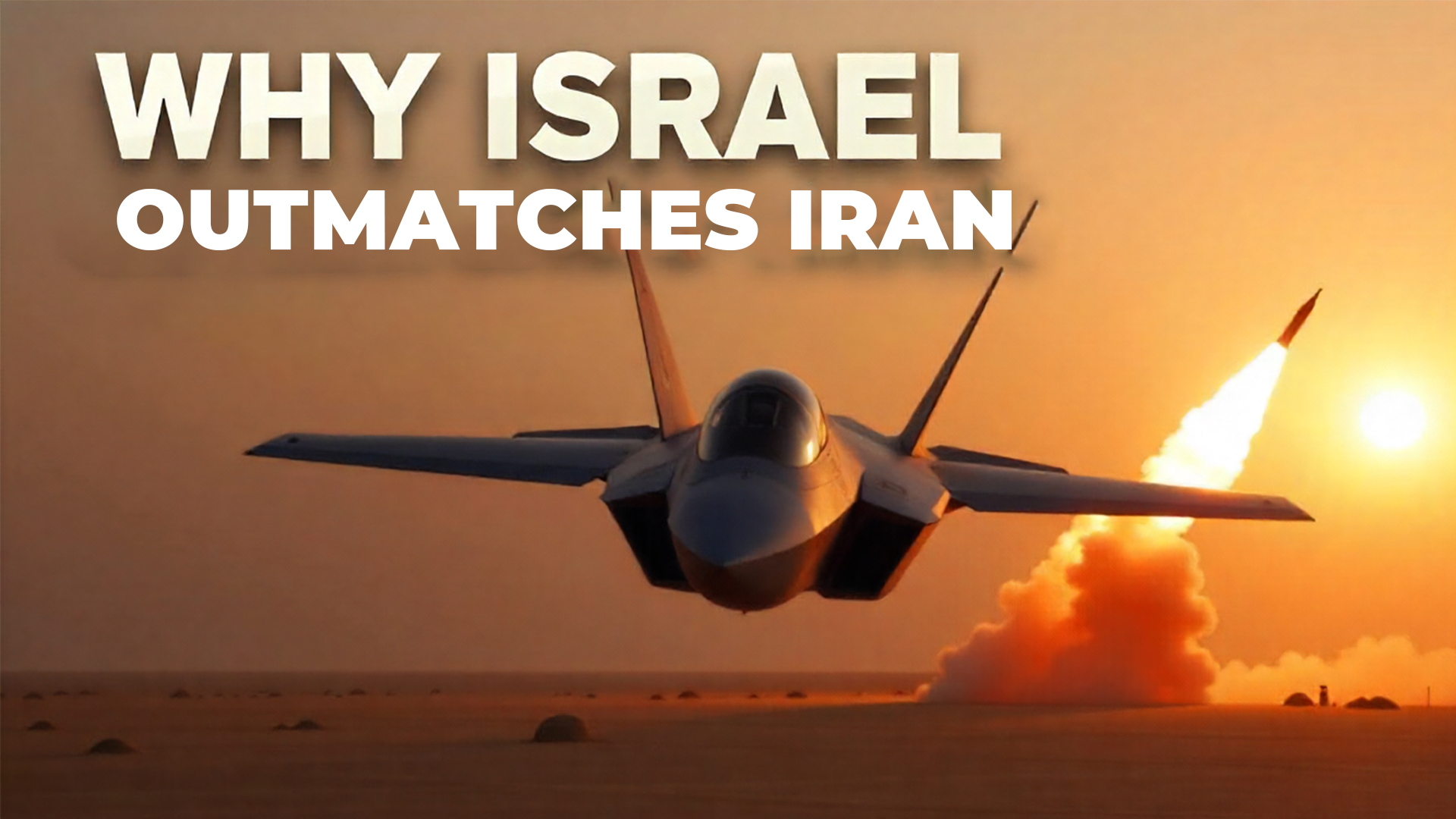
One thought on “TRUMP Negotiates Ukraine Ceasefire with PUTIN?”